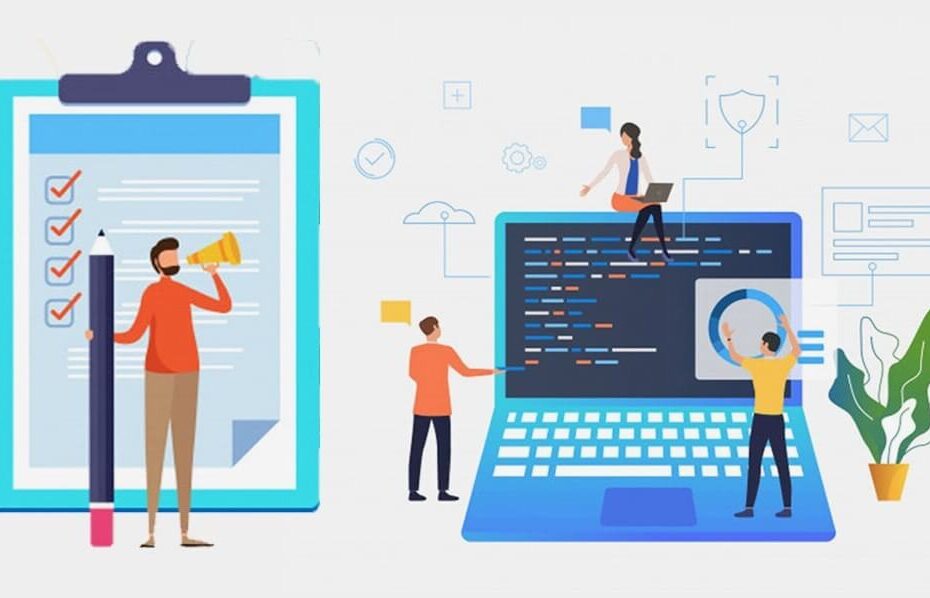In the ever-evolving realm of game development, creators are constantly faced with the challenge of crafting immersive and engaging experiences for players. Behind every captivating game lies a developer’s toolkit, a set of essential skills and tools that serve as the foundation for bringing digital worlds to life.
In this blog post, we’ll explore the key components of a game developer’s toolkit and delve into the intricacies of crafting games that resonate with players.
1. Mastering the Code: The Architectural Backbone
At the heart of any game lies its code—the intricate web of algorithms and scripts that breathe life into characters, environments, and mechanics. A game developer’s toolkit is incomplete without a mastery of programming languages such as C++, Java, or Python. Understanding data structures, algorithms, and object-oriented programming is essential for building a robust foundation.
Moreover, embracing game development frameworks like Unity or Unreal Engine can significantly streamline the development process. These platforms provide a wealth of tools and resources, enabling developers to focus on the creative aspects of their games rather than grappling with low-level coding challenges.
2. Design Thinking: Crafting Player Experiences
Crafting memorable games involves more than just writing lines of code; it requires a keen understanding of design principles. Game developers need to adopt a design-thinking mindset to create intuitive user interfaces, captivating visuals, and seamless gameplay.
Considerations such as user experience (UX) and user interface (UI) design play a crucial role in shaping how players interact with a game. A developer’s toolkit must include proficiency in design tools like Adobe Creative Suite, Sketch, or Figma to bring concepts to life and iterate on ideas effectively.
3. 3D Modeling and Animation: Bringing Worlds to Life
In the expansive realm of game development, the artistry of 3D modeling and animation is a pivotal facet of a developer’s toolkit. Imagine wielding a 3D visualizer, a potent tool that transforms concepts into tangible virtual landscapes. With proficiency in tools, developers sculpt intricate 3D models, breathe life into characters, and conjure captivating environments.
The 3D visualizer acts as a magic wand, allowing creators to navigate the realms of rigging, texturing, and lighting, all while bringing a heightened level of realism to the gaming experience. It’s the alchemy that turns pixels into immersive worlds, creating a visual tapestry that captivates and transports players into the heart of the game.
4. Audio Engineering: Setting the Mood
Audio is a powerful tool in a game developer’s toolkit, influencing the mood, atmosphere, and overall player experience. A comprehensive toolkit includes a grasp of audio engineering principles, allowing developers to integrate sound effects, music, and voiceovers seamlessly.
Software like Audacity, FL Studio, or Ableton Live can be instrumental in creating and editing audio assets. A keen understanding of spatial audio techniques further enhances the immersive quality of a game, making the virtual world feel more authentic and engaging.
5. Quality Assurance: Polishing the Gem
A great game is not just about the initial concept and development; it’s also about delivering a polished, bug-free experience to players. Quality assurance (QA) is an indispensable aspect of a game developer’s toolkit, ensuring that the final product meets high standards of performance and playability.
Developers should embrace testing methodologies, automated testing tools, and debugging techniques to identify and rectify issues efficiently. Collaborating with a diverse team of testers can provide valuable insights into different player perspectives, contributing to a more refined and enjoyable gaming experience.
6. Project Management: Navigating the Development Journey
The journey of game development is often long and complex, involving multiple iterations, feedback loops, and evolving requirements. A game developer’s toolkit should incorporate project management skills to navigate this intricate process effectively.
Tools like Jira, Trello, or Asana can aid in task organization, timeline management, and team collaboration. Understanding agile methodologies allows developers to adapt to changing priorities and deliver incremental updates, ensuring a more responsive and efficient development cycle.
7. Continuous Learning: Staying Ahead of the Curve
The landscape of game development is dynamic, with new technologies and trends emerging regularly. A developer’s toolkit is not a static entity but a living, evolving collection of skills and knowledge.
Continuous learning is a fundamental aspect of a game developer’s journey. Keeping abreast of industry trends, attending conferences, participating in online communities, and experimenting with new tools and techniques are vital for staying ahead of the curve. A growth mindset ensures that developers can adapt to new challenges and embrace innovation in an ever-changing landscape.
Conclusion
Crafting games is a multifaceted and dynamic process that demands a diverse set of skills and tools. A game developer’s toolkit, encompassing coding proficiency, design thinking, 3D modeling, audio engineering, quality assurance, project management, and a commitment to continuous learning, forms the cornerstone of successful game development. Aspiring game developers should approach their toolkit as a holistic and evolving entity, recognizing the interconnectedness of its components. By mastering these essentials, developers can embark on a journey of creative exploration, bringing their imaginative worlds to life and captivating players across the digital landscape.



